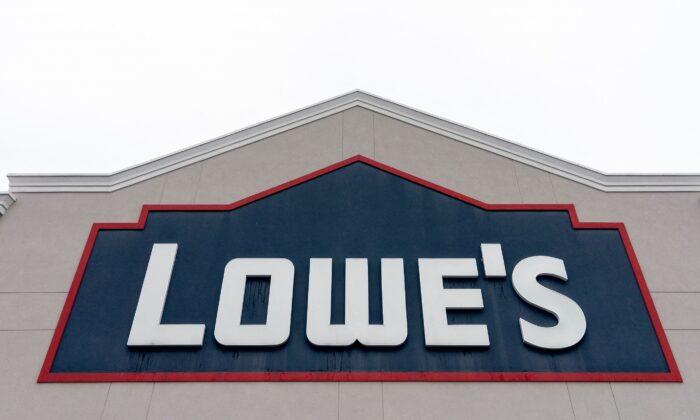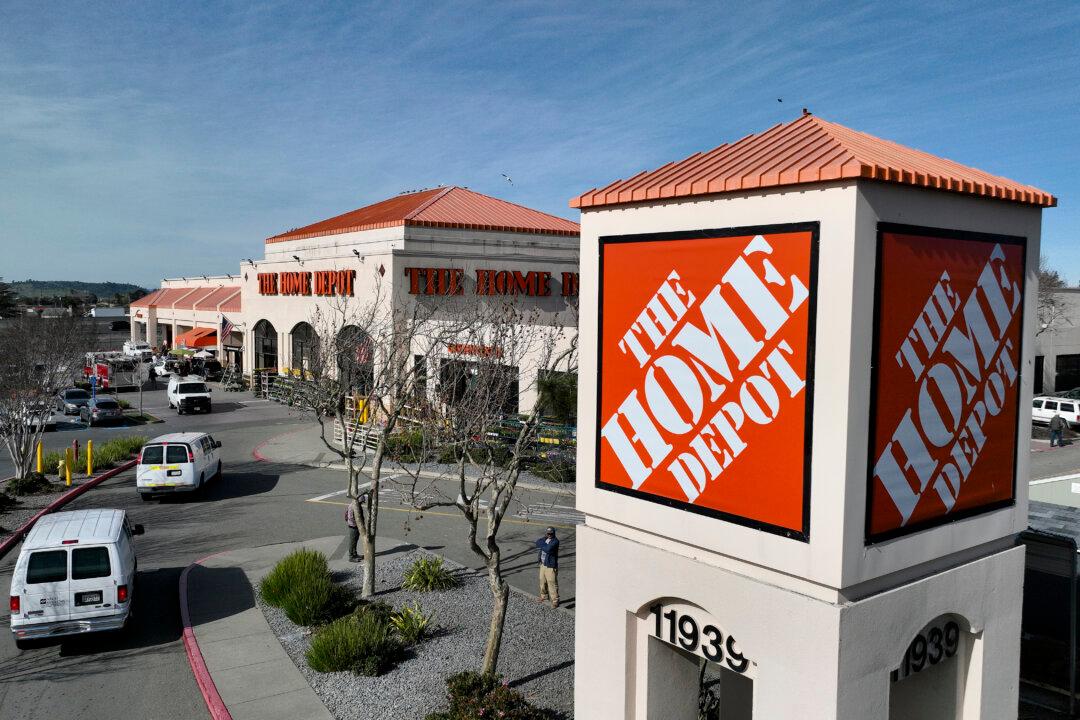After Walmart warned that prices on some everyday items may rise due to tariffs, Target Corp. said on May 21 that it will leverage its global supplier partnerships, disciplined financial management, strong balance sheet, and ample cash to remain competitive on pricing.
Despite those promises, Target CEO Brian Cornell acknowledged during a conference call with Wall Street analysts ahead of the opening bell that the company’s first-quarter performance was broadly disappointing and challenging. Further, he stated that the Minneapolis-based retailer will work diligently to mitigate the impact of tariffs on its customer base, despite the challenges involved.
“As a company that aims to deliver great products and outstanding value, we’re focused on supporting American families as they manage their budgets,” Cornell said. “We have many levers to use in mitigating the impact of tariffs. And price is the very last resort.
“Our strategy is to remain price competitive by leveraging the capabilities, longstanding relationships, and the scale that set us apart for many of our retail peers.”
In detailing the company’s first-quarter results, which fell well below Wall Street expectations, Cornell stated that the retailer faced an “exceptionally challenging environment,” leading to declines in both store traffic and sales across its 2,000 U.S. stores.
“On top of those ongoing challenges, we faced several additional headwinds this quarter, including five consecutive months of declining consumer confidence, uncertainty regarding the impact of potential tariffs, and the reaction to the updates we shared on Belonging in January,” Cornell said, referring to the company’s revamped inclusion initiative.
“While we believe each of these factors played a role in our first quarter performance, we can’t reliably estimate the impact of each one separately. I want to be clear that we’re not satisfied with this performance,” Cornell concluded.
According to FactSet, Target’s first-quarter earnings were below Wall Street’s expectations of $1.61 per share and revenue of $24.23 billion. Same-store sales, an essential financial metric for comparable store growth, also fell short of expectations, declining by 3.8 percent in the quarter.
In explaining the results, officials informed analysts that the reduced same-store sales reflected an average decline of 5.7 percent across the company’s approximately 2,000 stores, which was partially offset by comparable digital sales growth of 4.7 percent.
“As we’ve shared for multiple quarters, consumers have been choiceful in their buying decisions,” Target’s chief commercial officer, Rick Gomez, said. “And recent declines in consumer confidence have made them even more cautious.”
In addition to a new executive suite team aimed at accelerating the company’s growth strategy, Target will continue to focus on expanding its drive-up and pickup services at local Target stores. That same-day delivery service now accounts for half of the company’s total digital sales. Target also saw substantial gains in apparel sales categories, including women’s swimwear and toddler clothing, as well as growth in seasonal merchandise, books, produce, and floral products.
Going into the second quarter, Target said a key focus will be navigating the ever-changing tariff landscape. Cornell said the company’s merchandising teams have been working overtime to minimize tariff headwinds through multiple strategies, including negotiating with key vendors and partners, reevaluating assortment decisions, and changing country of production when possible.
Beginning this week, the company introduced “no price markups” on same-day delivery service for more than 100 retailers on the company’s membership and business-to-business marketplace.
Despite these changes, Target lowered its full-year guidance, now expecting a low single-digit decline in sales and earnings per share between $7.00 and $9.00, down from the previous range of $8.80 to $9.80.
Target’s shares dropped as much as 7.5 percent in premarket trading. As of 11:16 a.m. EST, the stock was down 3.42 percent.
In a research note provided to The Epoch Times, Bank of America analyst Robert Ohmes noted that the uncertain tariff environment remains a risk for Target, whose exposure to Chinese products is among the highest of mass merchandise retailers.
“While an uncertain tariff environment could lead to potential cost, supply chain, and consumer demand disruption, [Target] has reduced its owned brand production in China from 60 percent in 2017 to 30 percent today and believes it can reach 25 percent by the end of the year,” said Ohmes, who has a buy rating on Target’s stock.







